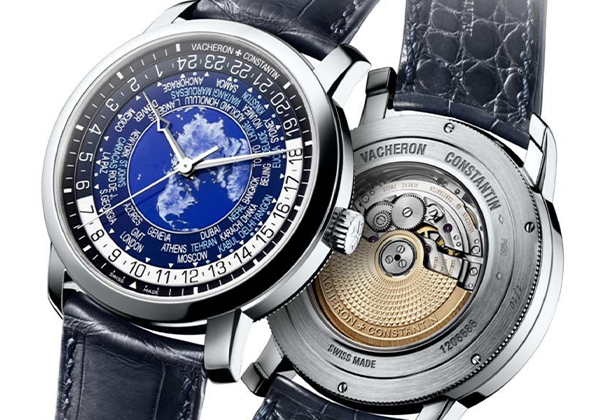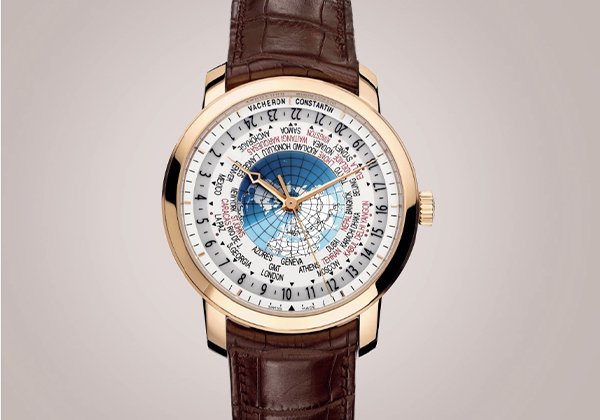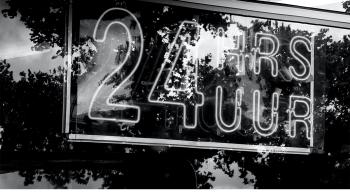To understand the origins of our 24-hour day, we need to go back to ancient times, around 3,000 BC and the Babylonians. The Babylonians already used a calendar of 360 days. This number of days comes from the observation of the 12 full moons that take place as the Earth makes a full revolution around the Sun during one year. From one full moon to the next takes about 29 days and a half, so the Babylonians made the calculation that one year was 12 months, each with 30 days.
Moreover, the Babylonians were capable of extremely advanced mathematical calculations and reasoning, even if they did not master geometry like the Greeks did later. This love for mathematics led them to use sexagesimal calculations, in other words, a calculation in base six. This very practical sexagesimal calculation offers a large range of divisors which is a big advantage in mathematics.
Therefore, it is this strong use of the number six and 60, that the Babylonians established the base of the temporal division which we all use today.
So, the days will have 24 hours, made of 60 minutes, each with a noon at 12 o’clock. This Babylonian timing tradition, however, is not the only one to have stayed with us on a daily basis.

Think about eggs, that are traditionally sold in six or 12, or oysters that are consumed by the dozen, both of which come from the Babylonian tradition of sexagesimal calculations. Today, other packages with different quantities have appeared, but it is amazing to think that these 5,000-year-old measures are still in use, along with our 24-hour system, of course.

As for temporal units inferior to the second and therefore much more recent in the history of the measurement of time, they are almost entirely used for scientific purposes, and use a base 10. Moreover, during the French Revolution, decimal time was introduced at the same time as the revolutionary calendar. However, this division of a day into 10 hours never took hold and was quickly abandoned. So even if the use of the base six instead of the base 10 seems less practical and somewhat strange, it somehow seems to make more sense to us.

Nowadays, the majority of our watch dials feature hands that go two times around a 12-hour system. However, some models have 24-hour dials on which the hour hand makes a complete turn in 24 hours. They meet specific needs, such as the Breitling Navitimer Cosmonaute, which uses this display to differentiate between morning and afternoon hours, an essential notion for astronauts or submariners, who have no time reference points. Displays of 24 hours are also used for other purposes, such as on the Vacheron Constantin Traditionnelle Heures du Monde, which uses this specific display for its complication. There is also the Longines Twenty-Four Hours that displays this practical reading. These are just a few examples of this specific use.







